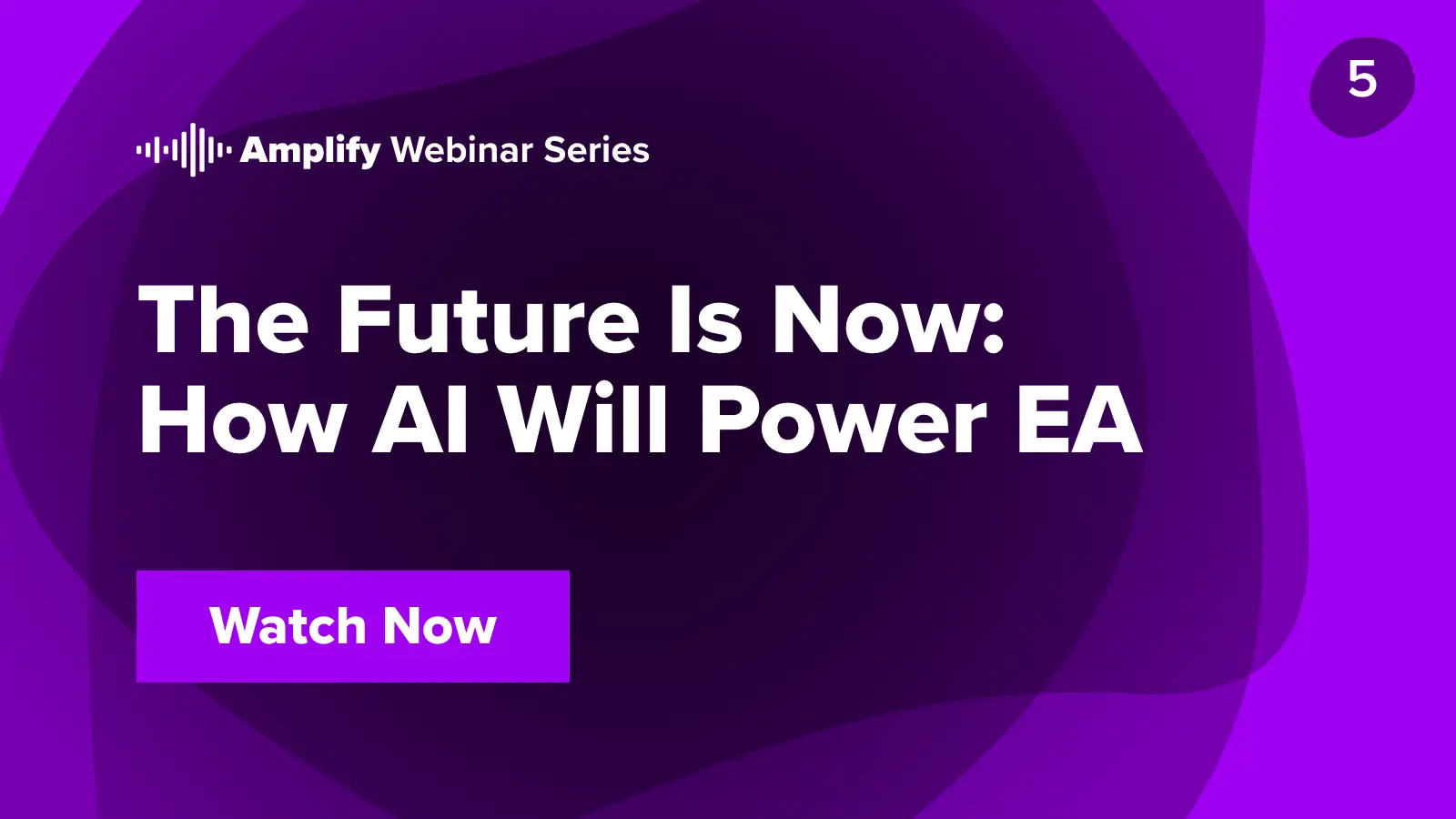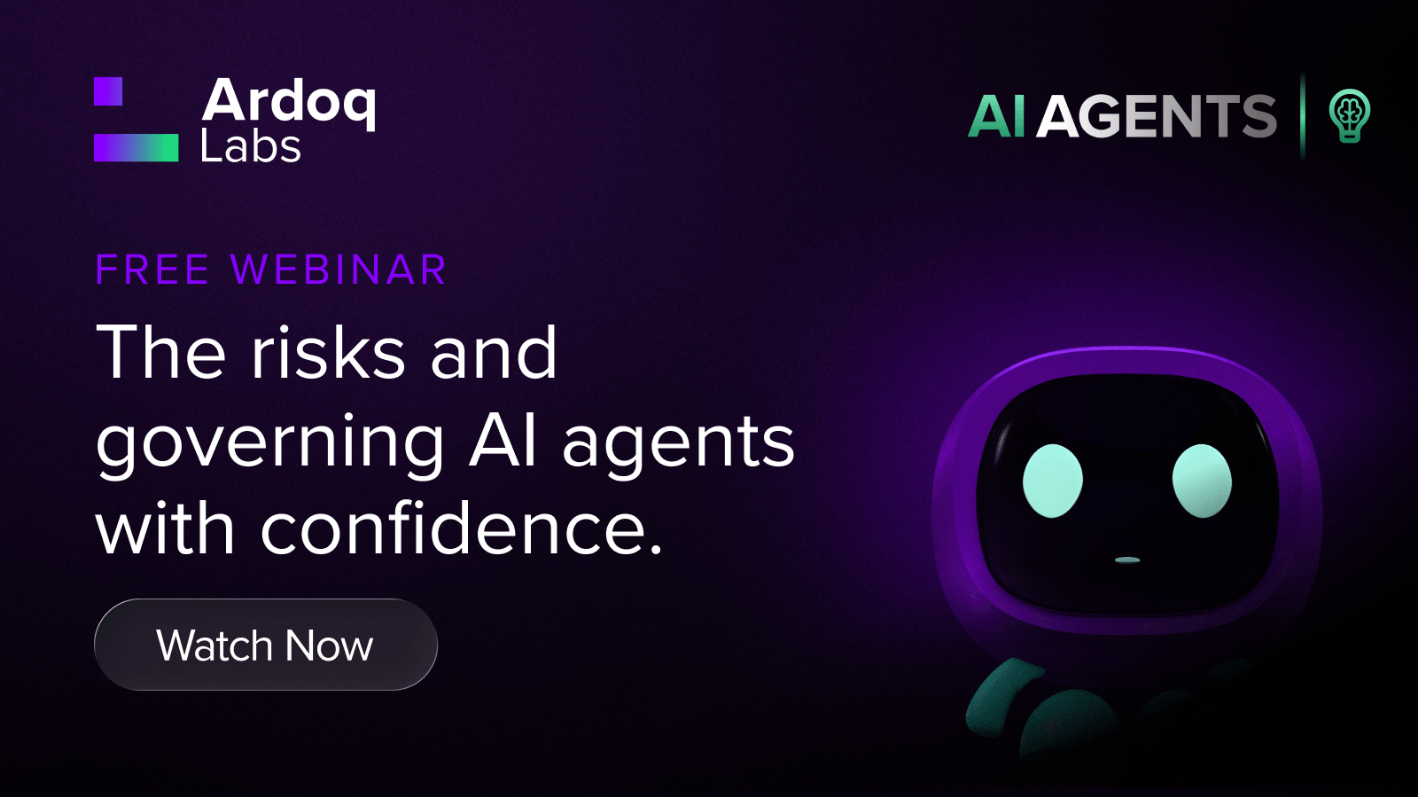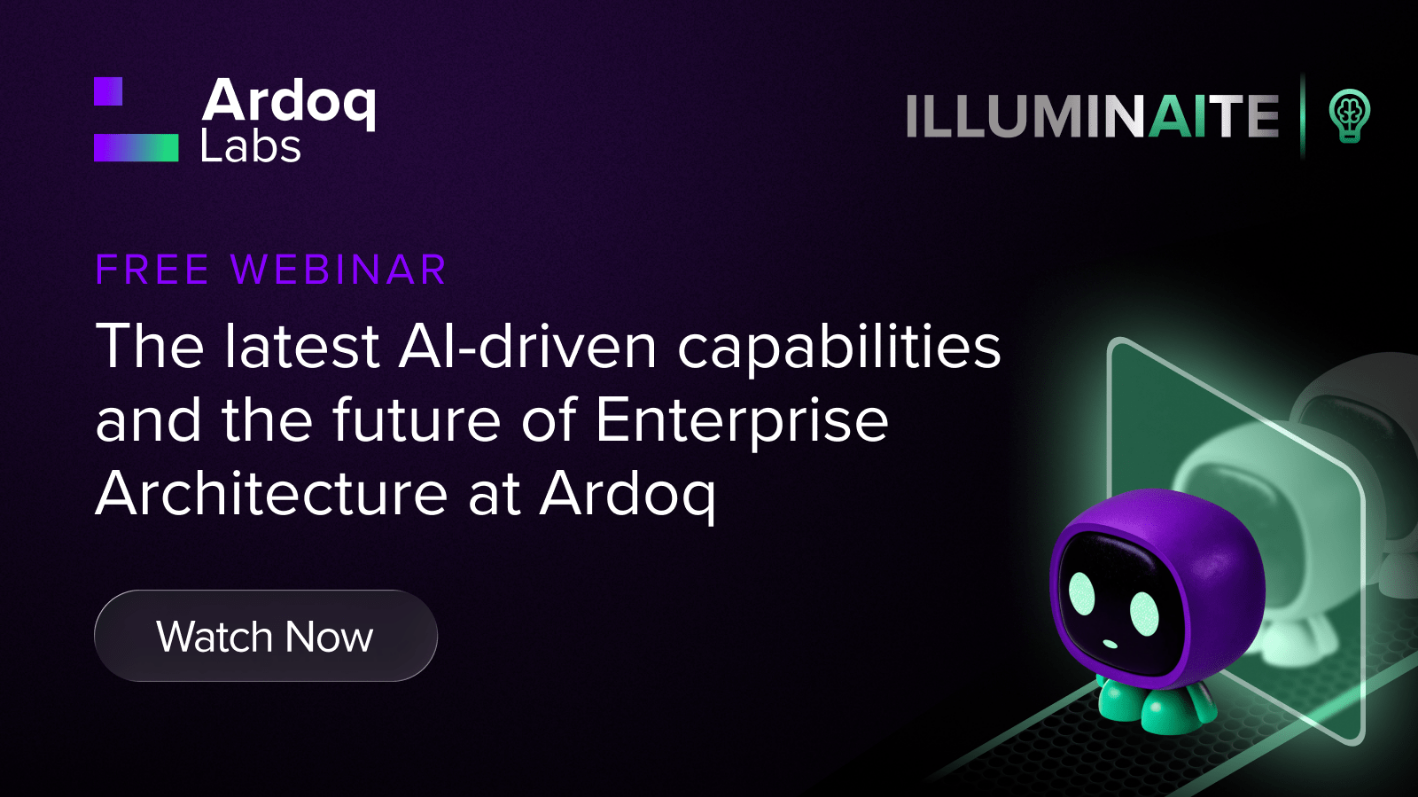1. Opportunities and Threats with Patterns and Anomalies
Digesting these insights and identifying patterns or spotting anomalies is traditionally human-led. This requires time, effort, and expense. However, Machine Learning and AI have the potential to analyze these insights and spot trends and opportunities in an instant. Traditionally, this might have taken an Enterprise Architect weeks or months to find.
Artificial Intelligence can be highly susceptible to "hallucinations," but with prompt tuning and training, you can shape AI Tools to be proficient and efficient at spotting risks and anomalies.
2. Forecasting to Execute on Strategy and Beat the Competition
Artificial Intelligence can serve up another win for businesses by helping them make the right decisions to stay ahead of the curve. Forecasting is a crucial tool for any organization, helping to decide where to focus specific resources, determine which project should come next, or identify a new product line. This might involve everything from simple trend analysis to complex statistical models. EAs play an essential role in forecasting, thanks to their unique understanding of the business and IT ecosystem. Their expertise can help a business determine which change project to pursue, for example, to help meet wider company objectives.
AI is already proving to be a forecasting game-changer. It can now help businesses more accurately predict their futures, for example, by analyzing consumer habits and spotting opportunities to improve their performance. These predictions can help companies decide which product to develop next or whether a market lacks a particular service.
In addition, the ability to compare data from competitors and analyze aspects like customer demand and production costs means that EAs can leverage AI to help their company ensure that their product and service pricing is correct. All these aspects allow companies to use their data to innovate and stay competitive. Thanks to their advanced understanding of connecting this information to the business, EAs are also cementing their role as an integral part of ensuring a business’s future success.

3. Better, Cleaner Data
Data gathered by EAs is already a critical part of a business’s decision-making process. But what if this data was the very best version of itself? For example, data from EAs captures information about relationships and identifies connections across systems and people to streamline organizational processes. Experian’s 2022 Global Data Management report found that better data management and better quality data helped 75% of businesses worldwide found that they had exceeded their annual objectives in some way. Data quality has, however, declined in the past couple of years. Experian’s report found that 77% of the respondents interviewed for their report said that inaccurate data hampered their efforts to respond to market changes following the COVID-19 pandemic.
While new EA tools can help EAs gather data and turn it into insights, Artificial Intelligence in Enterprise Architecture has the potential to ensure that this information is of the highest quality. Enterprise Architects can leverage Artificial Intelligence to help them detect anomalies in their data. This might help identify system defects or spot patterns of “bad” data. AI also has the power to spot duplicates, which can skew reporting and compromise data quality, calling into question a single source of truth. It’s hard to spot with the human eye, but ML techniques can instantly weed out duplicated details.
AI could help standardize information. For example, an EA might not want to consider data collected before a particular date, so AI services could ensure that no data from before that date is stored. It’s also possible to “clean” data to be standardized according to specific metrics or standards, ensuring consistency. Finally, AI can also automate and streamline data entry using generative AI, a technology that can create different types of content. This approach removes human error and automates a very time-and resource-intensive task, thereby improving data quality and freeing up time for EAs to focus on other, more critical projects.
4. Powering and Connecting Data
Knowledge graphs can be likened to a gigantic digital map; they’re extremely powerful for helping to understand how information is interconnected. First conceived in the 1980s, knowledge graphs gained momentum in 2012 with the introduction of Google’s Knowledge Graph. In 2020, Gartner coined knowledge graphs as being at the summit of its Artificial Intelligence Hype Cycle. In short, the hype surrounding them surpassed what was possible initially. Despite a slow start, the technology is now actively used in a number of large digital companies, helping to provide an enhanced user experience - think AirBnb and Uber’s UI.
Structured representations of knowledge and relationships between entities and contextual information are a large part of how conversational AI, such as Chat GPT, works. The ability to meld knowledge graphs with conversational AI platforms can revolutionize an organization's contextual understanding. For example, AI integrated with a knowledge graph creates accurate, context-aware, and meaningful interactions between AI systems. This has big implications for areas like AI-enabled chatbots, for example, by providing a way to enrich and provide context to responses, ensuring the most relevant, up-to-date information is provided. Unlike information stored in traditional tabular form, knowledge graphs are perfect for demonstrating connections and patterns between data from several sources, including structured and semi-structured, that might otherwise be difficult to detect. Such a capability means these graphs help to build an even deeper understanding of data. They’re beneficial for Enterprise Architects because they can:
- Integrate and make sense of vast amounts of complex information. These insights provide an EA with a holistic view of their organization, helping them spot relevant data sources and their relationships. An EA can also apply the concept to governance and data quality by creating a unified view of their data assets, including all ownership and lineage. This view can then define data standards and rules, helping ensure data consistency and accuracy.
- Capture the meaning behind the data (i.e. Semantic understanding), or next-level insights from data that support better, more accurate decision-making. Deeper insights also help an EA to delve into the relationships and interdependencies that exist across their enterprise’s data. This helps with identifying any bottlenecks, as well as spotting opportunities for optimization, like informing resource allocation.
- Explore data in different contexts. EAs can scale and extend data by building datasets that capture and maintain vast datasets. Extending data allows additional information by incorporating new nodes and edges without the need for restructuring. EAs could use this feature to pick out related concepts, discover connections, or build a better understanding of how different entities relate to each other. These factors collectively help drive innovation and build stronger knowledge discovery.
- Share knowledge and collaborate. Knowledge graphs are an excellent way for EAs to capture and structure organizational information, for example, to help instill best practices or implement guidelines and provide a mechanism for sharing and implementing lessons learned.
Knowledge graphs are undoubtedly already impressive. However, AI offers a chance to optimize this technology. Thanks to the potential for automatically identifying entities and relationships, automating knowledge extraction from unstructured data (such as documents or long texts) using AI would greatly support an EA by helping them to accelerate the population and enrich knowledge graphs. In addition, powering knowledge graph analytics with Artificial Intelligence could help an Enterprise Architect to spot discrepancies, patterns, or trends while supporting decision-making that draws on the information captured in the graph.
Finally, Artificial Intelligence can assist an Enterprise Architect and their organization with continuous learning and evolution. By powering knowledge graphs with AI, using features like feedback loops and automated ML algorithms, they can “learn” how to improve search relevance and automatically update relationships based on newly added data. All of this means that the graph will consistently remain relevant and up to date, making AI-powered knowledge graphs.
AI is a fountain opportunity and offers Enterprise Architects huge potential to power up their businesses with the tools to make even better decisions. Together, these four areas are just some ways Artificial Intelligence can benefit businesses by providing accurate, error-free information and saving time and resources.
Did you miss our online discussion about the future of AI in EA? You can watch the recording here: 
Artificial Intelligence and Enterprise Architecture: The Future
As a digitally-native SaaS platform, we are confident that Ardoq will harness the power of AI and provide our users with the tools to drive transformation within their organizations.
Live and up-to-date data in the Ardoq platform is enhanced by the possibilities of AI-powered features, ensuring our customers get the information they need today to be successful tomorrow and far into the future. One thing is sure: AI is here to stay, and the opportunities for driving innovation within the Enterprise Architecture space are enormous. We can’t wait to see what comes next.






/Logos/Ardoq/RGB_Ardoq_Logo_Stacked_White_Monochrome%201.png?width=80&height=77&name=RGB_Ardoq_Logo_Stacked_White_Monochrome%201.png)

